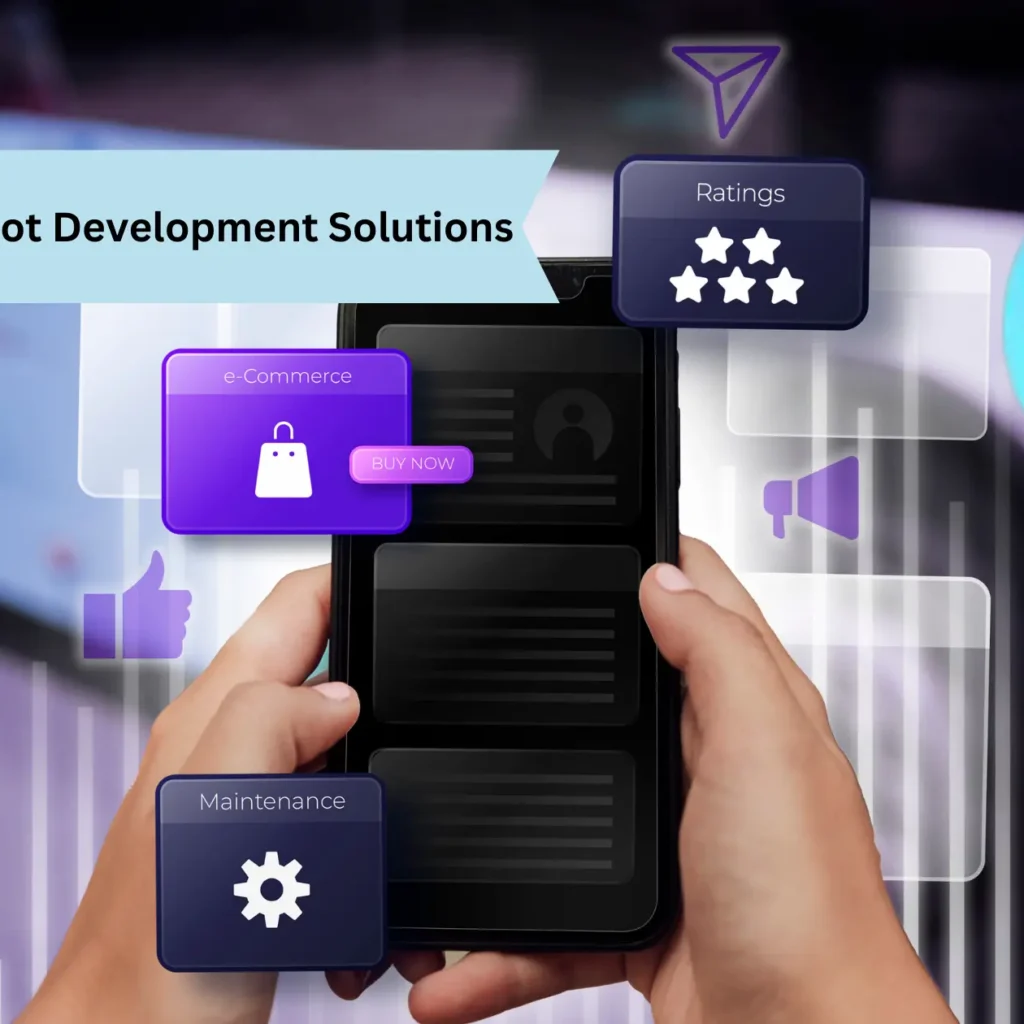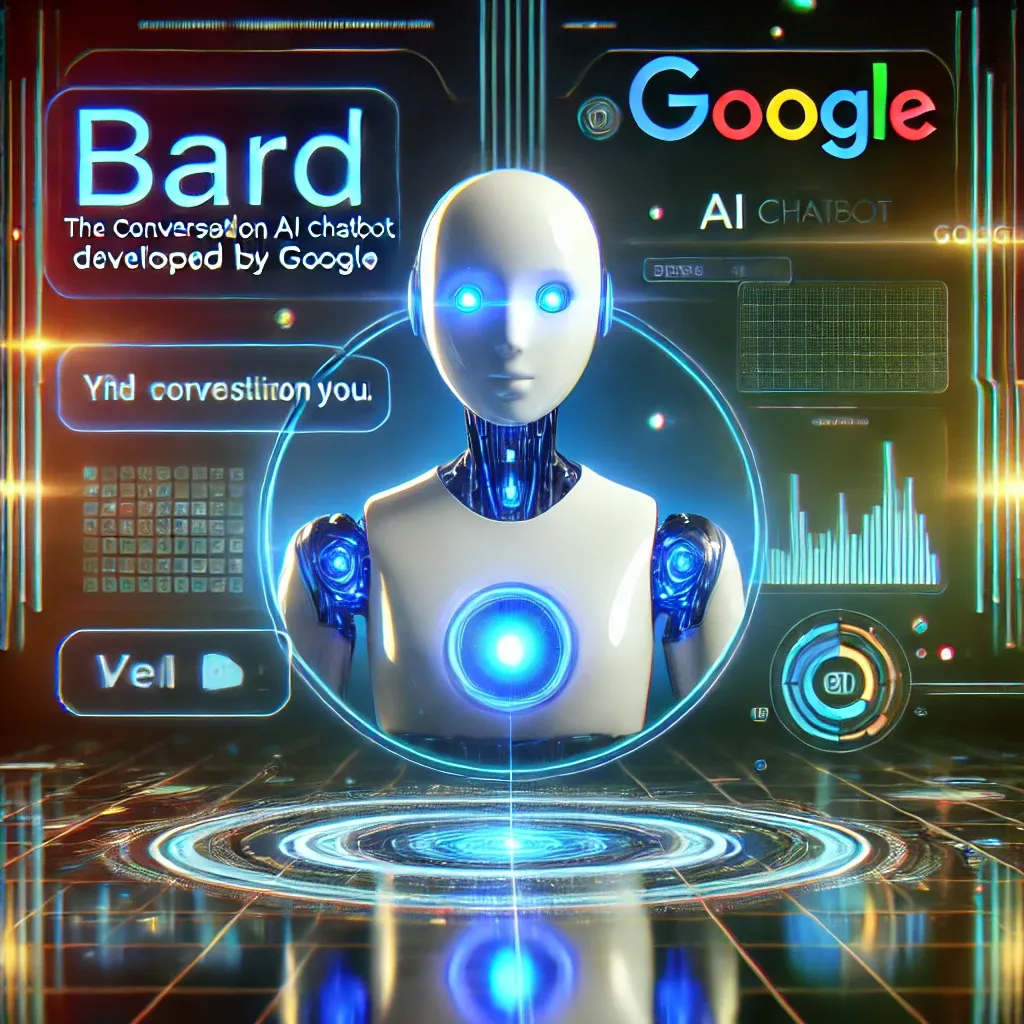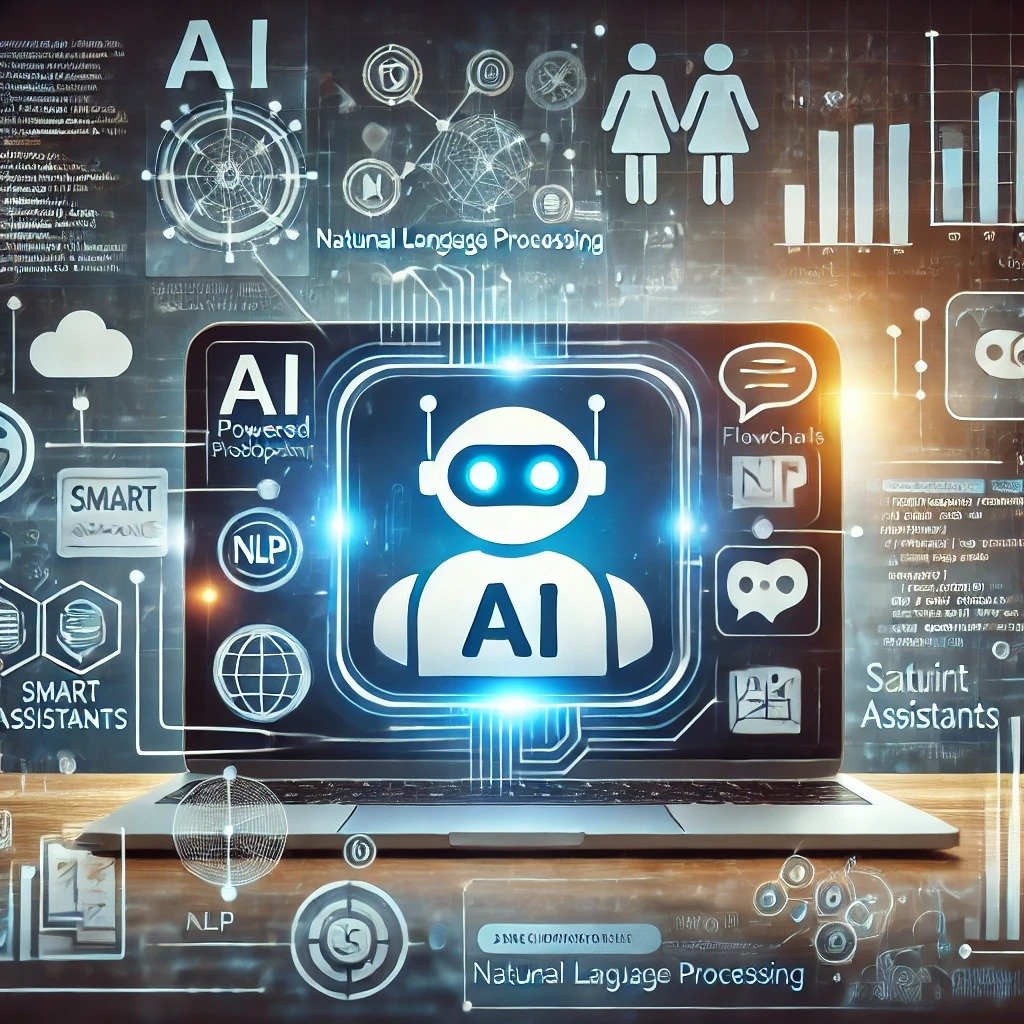Enterprise Chatbot Development Solutions: Revolutionizing Business Interactions

In the age of digital transformation, enterprises constantly seek innovative solutions to enhance customer engagement, streamline operations, and improve efficiency. Among these, enterprise chatbot development solutions stand out as game-changing tools. With their ability to automate tasks, provide personalized experiences, and ensure 24/7 availability, chatbots are reshaping how businesses operate and interact with stakeholders. This […]
Bard The Conversational AI Chatbot is Developed by Which Company

Artificial Intelligence (AI) chatbots have become an integral part of our digital world. Whether you’re looking for help with customer service, seeking answers to complex questions, or just having a casual conversation, AI-powered chatbots are there to assist. Bard is one such chatbot that has gained popularity. But the big question is, Bard the conversational […]
Chatbot Development Tools: Build Smarter Assistants

Did you know over 80% of businesses now use chatbots to improve customer service? These smart virtual helpers change how companies talk to their clients. They give quick, personal answers and let humans handle harder tasks. Tools for making chatbots are key to this digital change, helping you make smart conversations that help your business […]
